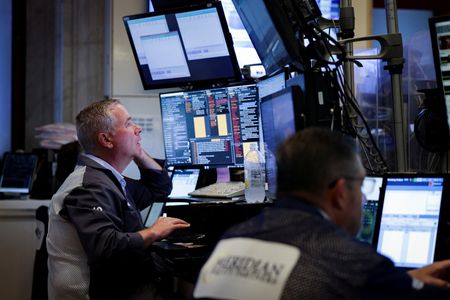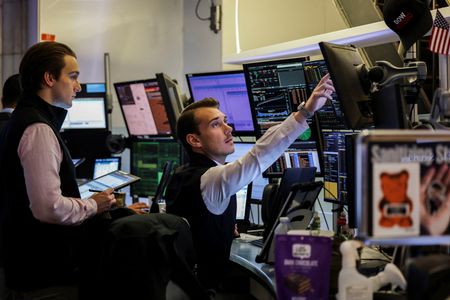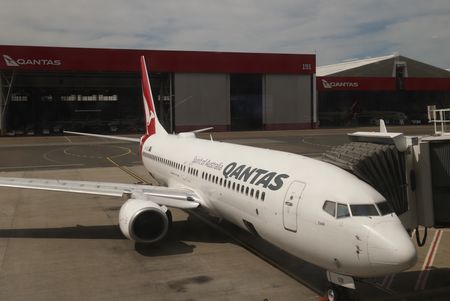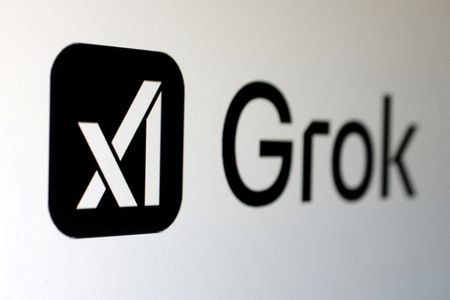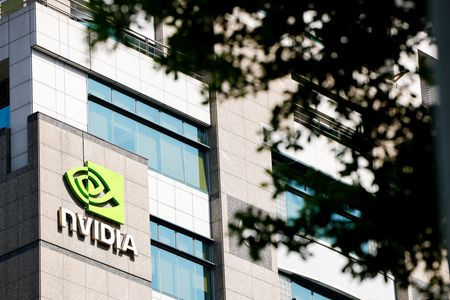By Patturaja Murugaboopathy
(Reuters) -Global investors are pivoting towards actively managed equity funds this year as market volatility rises on worries over U.S. tariffs and the stock market rally broadens beyond a few mega-cap tech stocks.
According to LSEG Lipper data, active equity funds secured a record inflow of $127 billion in the first half of 2025, up 57% over last year, while passively managed equity funds saw a decline of 8%.
Passive strategies have dominated in recent years due to their lower fees and consistent outperformance over active peers.
But this year, U.S. President Donald Trump’s tariff actions and rising geopolitical tensions have jolted markets, driving greater price dispersion across sectors and individual stocks.
Analysts say the shifting backdrop is creating opportunities for active managers – particularly those focused on companies with strong pricing power, diversified revenues, and resilient supply chains – to outperform.
A recent survey by Natixis Investment Managers found that 71% of strategists expect continued volatility in equity markets, and 68% anticipate similar turbulence in bonds.
Yet, a majority are looking to capitalize on that volatility, with 71% targeting opportunities in equities and 74% in fixed income.
“Simply owning the index may not provide the diversification or downside protection investors expect,” said Joseph Shaposhnik, portfolio manager at Rainwater Equity.
“Active managers with discipline around valuation and capital allocation have been able to avoid crowded or overvalued parts of the market, which has helped drive outperformance on a net basis this year.”
According to LSEG data, financials, telecom, and mining sectors have led global equity performance this year with gains of 10% or more, while the previously dominant tech sector has lagged, returning just 8.6%.
Chad Harmer, chief investment officer at Harmer Wealth Management, said that the S&P 500’s top 10 names now account for nearly 35% of the index’s market capitalization, levels that historically precede periods of underperformance.
“When leadership narrows, index investors shoulder more single‑stock risk than they bargained for.
Active managers can sidestep that concentration or lean into overlooked areas,” he said.
(Reporting By Patturaja MurugaboopathyEditing by Vidya Ranganathan and Joe Bavier)

